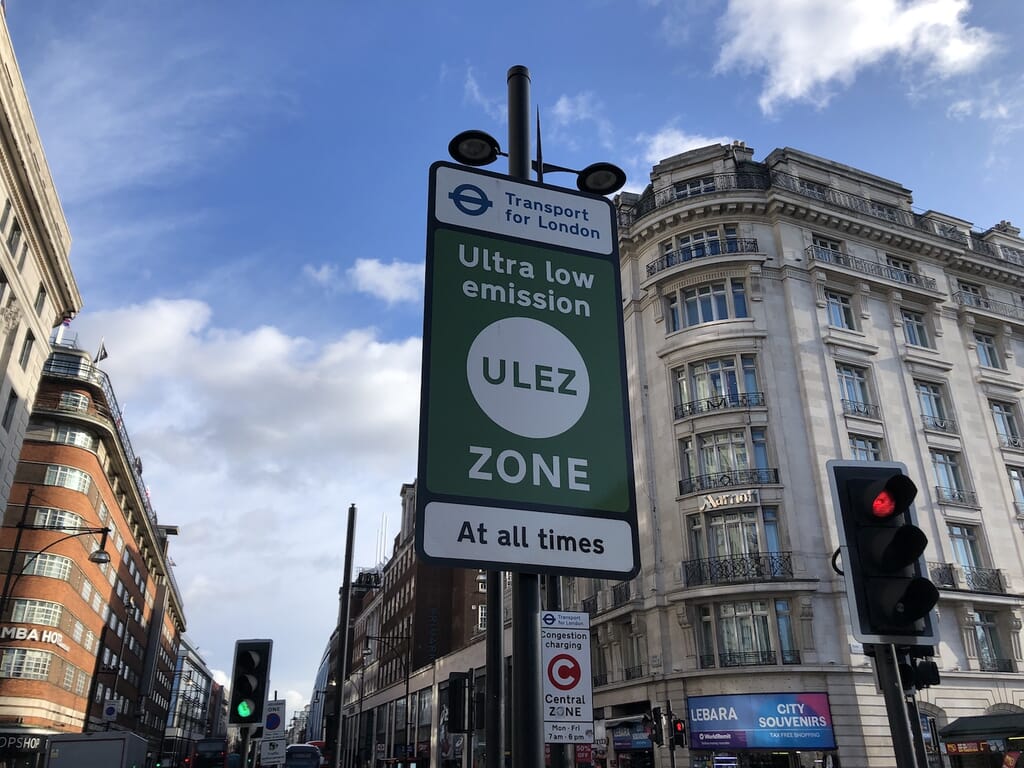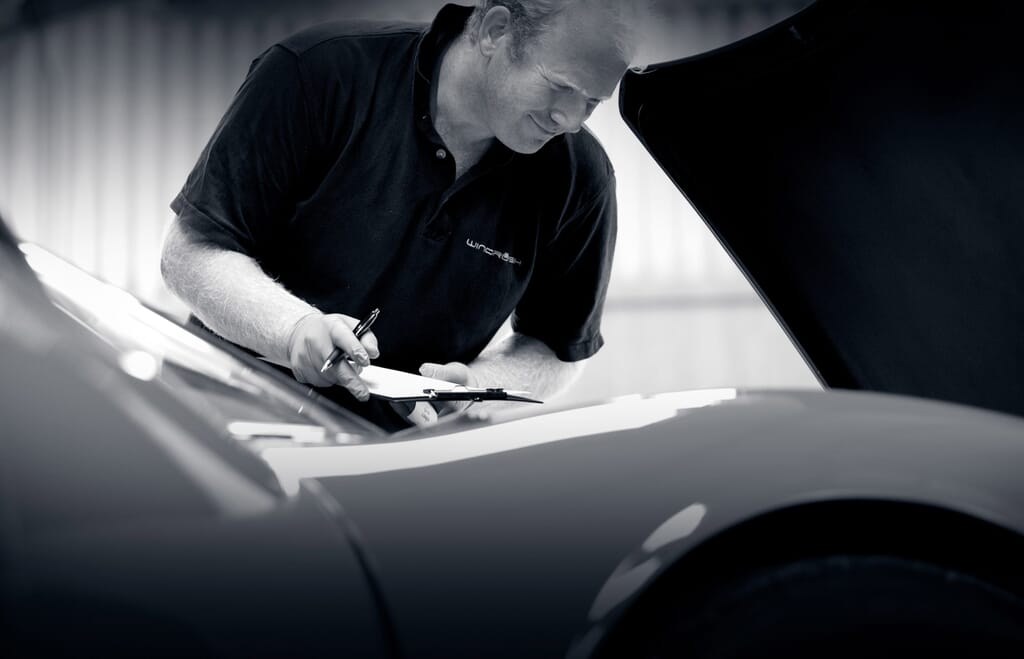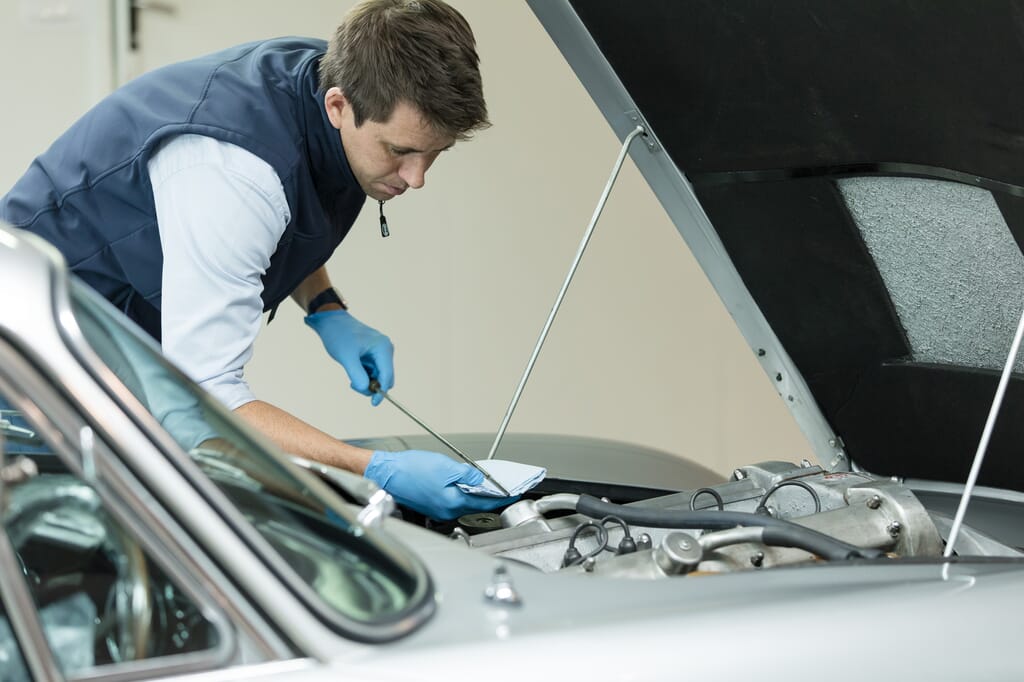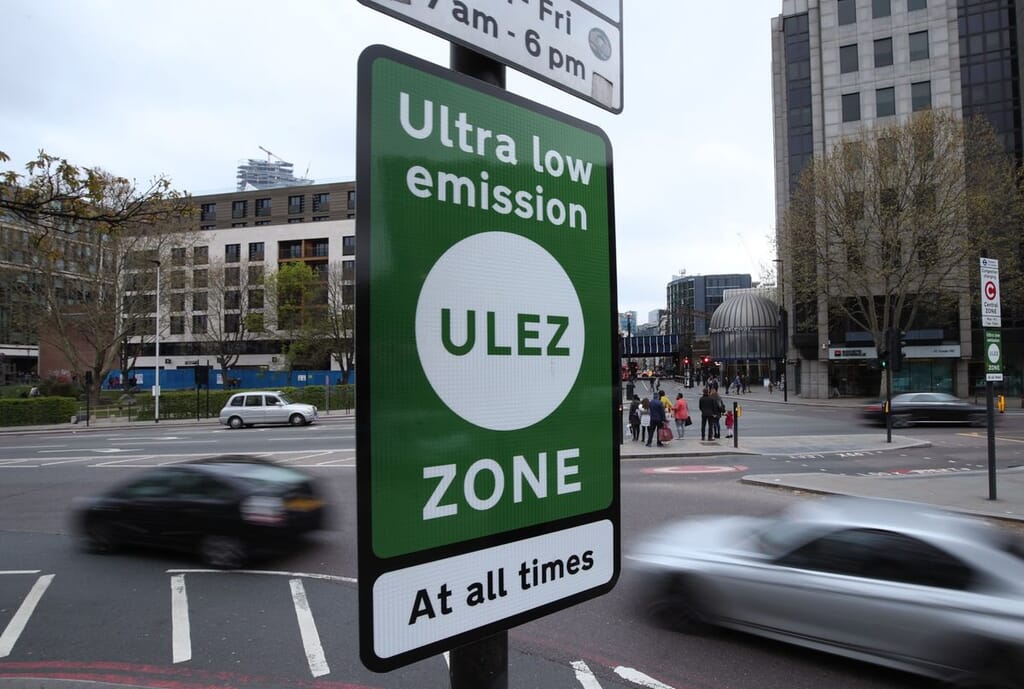
Windrush’s long term car storage team considers the latest twists in London’s divisive ULEZ roll-out – and explains a valuable loophole for classic car owners
Right now, ULEZ is a hot topic. From August 29th, the Ultra Low Emission Zone (ULEZ) is set to expand from central London to cover all of the capital’s boroughs. When that happens, drivers in and around the capital will find themselves facing some important decisions.
Your options? To pay the daily charge (currently £12.50, with a controversial penalty charge of up to £180). To avoid the clean air zone entirely (practically an impossibility). Or to sacrifice your car to the government’s latest scrappage scheme and purchase a new ULEZ-compliant model.
Fortunately, as we’ll see, for classic car owners there could be a silver lining.
A Divisive Policy
Is the ULEZ expansion necessary? Amongst Londoners, that’s a hugely divisive question. With up to 4,000 premature deaths caused annually by the capital’s air pollution, Labour Mayor Sadiq Khan believes the measures are the unavoidable first step in stopping citizens from “breathing in poison”.
But suburban councils – not to mention countless aggrieved individuals – have pushed back hard against plans for an ULEZ zone that will be the UK’s largest, perhaps hoping for the same outcome as in Manchester, where a similar policy was reversed after sustained opposition.
Alongside a daily fee that will affect an additional 1.3 million vehicles from August, protesters in Trafalgar Square last month were also furious over Transport For London’s move to increase the ULEZ penalty from £20 to £180 (reduced to £90 if paid within two weeks).
“We are concerned that the costs will be shouldered by people already struggling to get by in a difficult time,” said a member of Sutton Council, “including small business owners and key workers.”
Cash for scrappage
The most extreme solution for motorists in the capital is to dispense of their non-ULEZ-compliant vehicle entirely – and the government has certainly made that option seem as attractive as possible. In January, applications opened for a new £110 million scrappage scheme (the follow-up to a previous scheme that took over 15,000 vehicles off London’s roads).
This latest initiative will target low-income Londoners or those on disability benefits in particular, alongside qualifying micro businesses, sole traders and charities whose registered address is in London. Eligible applicants can claim up to £2000 (to scrap a car) or up to £1000 (for a motorbike).
The caveat for classics
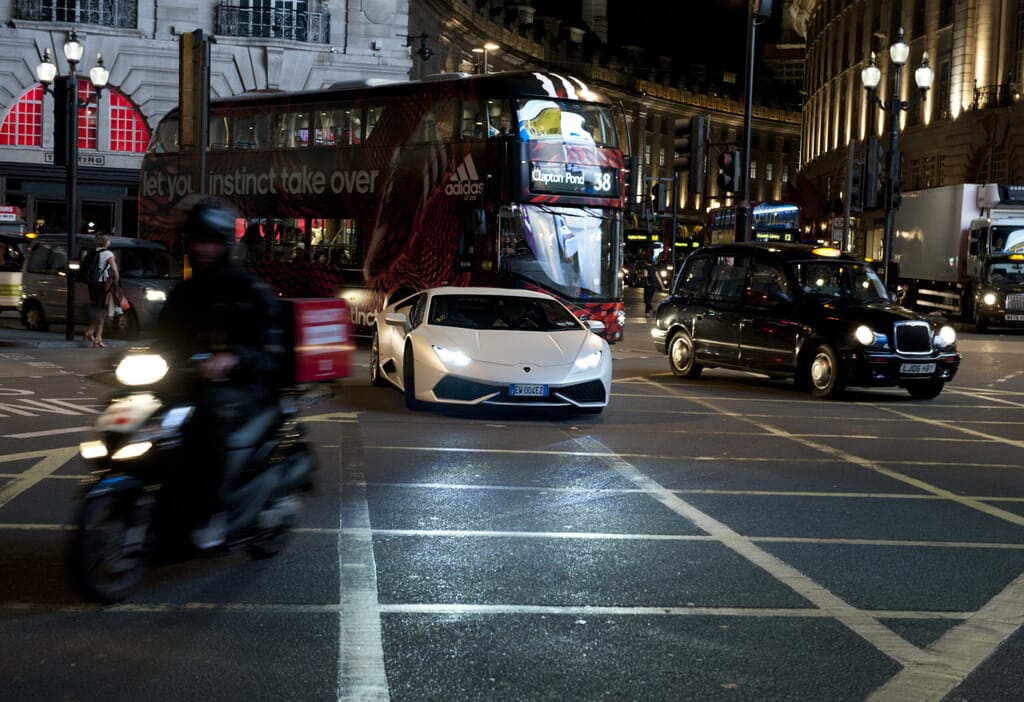
The purpose of this blog is not to argue whether the ULEZ expansion is a ‘good’ or ‘bad’ thing. But with so many of our long term car storage clients owning classic vehicles, we wanted to flag up an interesting silver lining. Namely, that more classics are ULEZ-compliant than you might realise.
ULEZ regulations state that petrol cars must conform to Euro 4 emissions standards (or later), while diesel cars must be at least Euro 6. Admittedly, that means plenty of more recent classics will be caught in the net – but it’s worth noting that cars aged more than 40 years old enjoy a separate exemption (based on the assumption that these models are driven less and therefore contribute less to inner city emissions).
As such, from a vintage E-Type Jaguar to an early Aston Martin, registering your classic for 40-year-plus historic status could allow you fee-free London driving for the foreseeable future.
Classic car storage you can rely on in a changing world
However the ULEZ debate plays out, Windrush will continue to provide the UK’s most renowned long term car storage at our twin facilities in the Cotswolds and central London. Experienced at safeguarding every marque and model from every era, we start our exacting classic car storage service with a twelve-step induction process and keep a close eye on your vehicle for the duration of your stay. Our clients agree: when you collect your vehicle from Windrush classic car storage, it has a new lease of life.
Discover more about Windrush long term car storage by emailing the team on info@windrushcarstorage.co.uk

